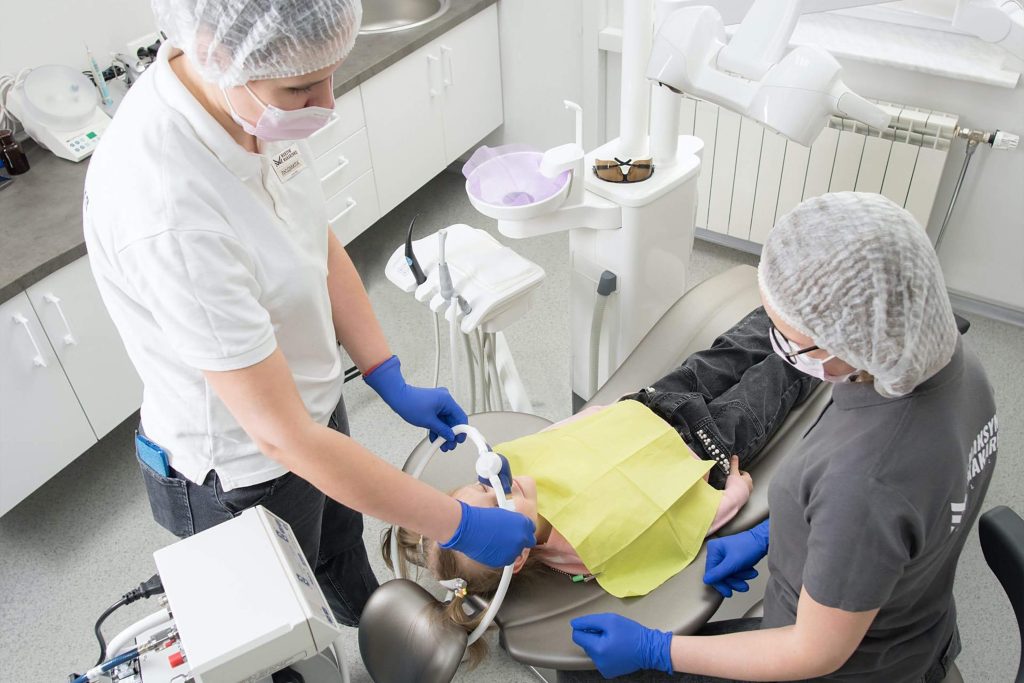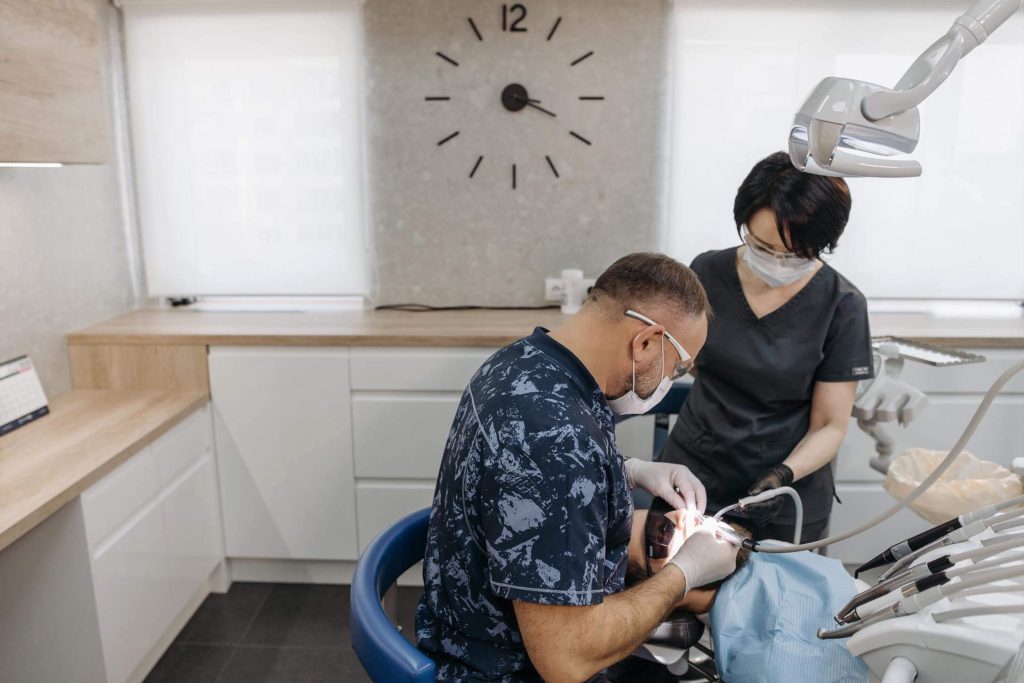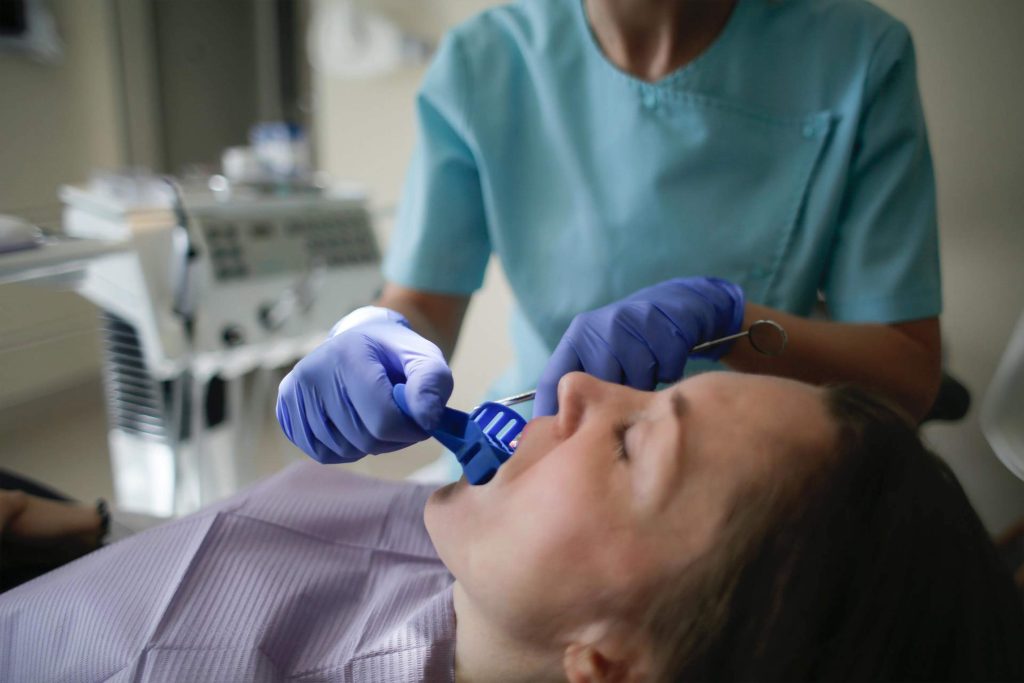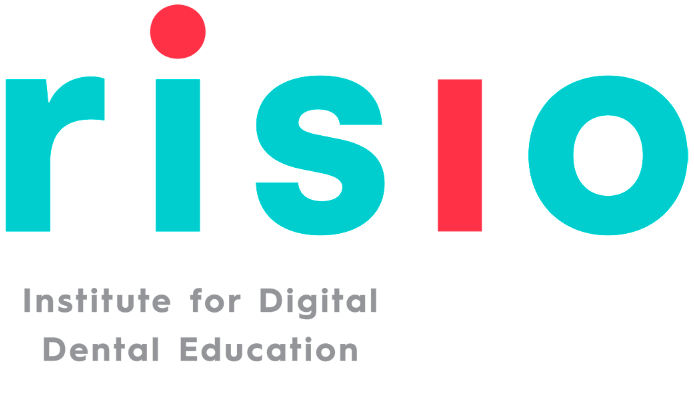For many dental receptionists, making the move to become a dental assistant is only natural. After all, you get to work in the same kind of environment you’re already used to—but with better pay and a broader scope of responsibilities that require more specialized (read: marketable) skills.
But how you make the jump from receptionist to assistant isn’t always clear, even for people who have been working as receptionists in practices for months or years. So to help clear things up, we’ve answered some of the most pressing questions below about how to make this transition. Read on and learn how to take the next step in your career!
See also:

What Experience Do You Need to Transition to Dental Assisting?
Becoming a dental receptionist already has a few requirements. For starters, you’ll need to have graduated high school or obtained your GED. You also don’t need to have previous experience working in a dental practice or similar setting, but it definitely doesn’t hurt. That said, a dental receptionist is still considered an entry-level job in most practices.
In order to become a dental assistant, however, you’ll need to complete a licensed dental assistant training program—like Risio’s diploma, which is approved and licensed by Alberta Advanced Education. You’ll also need to satisfy the NDAEB national examination requirements to perform intra-oral duties (unless you’re only going to be working in Quebec, where dental assistants do not perform intra-oral duties as part of their work).

How Long Does it Take to Get a Dental Assistant Diploma?
Getting the diploma can seem like the hard part for many aspiring dental assistants, but the process can be shorter and less intensive than you might expect. For example, Risio’s diploma program is only 21 months long.
21 months might seem like a long time, and you might be able to find other programs that can be completed in 8 months to a year. However, those are likely to be full-time programs that don’t permit online learning or leave room for candidates to work while they’re earning their credentials. Taking an online program over 21 months actually has several key advantages, which we’ve outlined below.

Making the Most of Online Education
Online education offers several benefits that full-time, in-person training doesn’t. For starters, it allows you to learn at your own pace, completing modules throughout the week instead of being locked into a rigorous class schedule.
Training online also gives you the comfort and flexibility of studying in a comfortable environment where you can create the conditions that help you focus effectively. As long as you keep up with milestones and deadlines in the curriculum, you can take things at your own pace and apply yourself to challenges when you’re most ready for them.
Can You Work While Going to School to Become a Dental Assistant?
Another key benefit of our online dental assisting diploma program is that it allows students to work while earning their qualifications. That means dental receptionists don’t have to give up their job and lose their position at their current practice while they’re studying to become assistants.
In fact, many practices send receptionists who want to become assistants to us specifically so they can keep working while they train. This benefits both the receptionist who wants to become an assistant and the practice, since they get to keep an employee with whom they’ve already developed a good rapport.
Other receptionists come to programs like ours hoping to earn transferable skills they can use to migrate to other practices as dental assistants. That’s why we maintain a job board with postings from practices across Canada who are seeking qualified dental assistants. Often, having previous experience as a receptionist at a different practice is considered an asset for candidates who apply for these jobs.
How Much of a Commitment is a Dental Assisting Program?
Dental assisting programs aren’t casual—you’ll need to pay close attention to what you’re learning and work hard to succeed. However, when you break it down and look at exactly what’s required for a program like ours, you’ll see that getting your diploma is actually quite achievable.
Risio’s diploma program includes:
- 12 online and 2 in-person modules. These are spread over the course of 21-24 months, meaning that candidates have anywhere from three to 10 weeks per module.
- 1500 work-integrated learning hours, earned by either working or volunteering in a practice while training. This might seem like a lot, but spread over the course of the program it can end up being as little as 14 hours per week.

Is the Program Difficult?
Training to become a dental assistant always comes with certain challenges, because you’ll be learning a more advanced set of skills than those you use as a receptionist. In addition to your people and organisational skills, you’ll have to develop the following competencies:
- Preparing exam rooms prior to appointments
- Recording vitals for patients
- Sterilizing dental instruments
- Polishing teeth for patients
- Placing dental sealants, topical fluoride, and other dental materials
- Taking x-rays and assisting with oral health exams
- Performing intra-oral duties at a dentist’s discretion
- Performing administrative or clerical work
However, Risio’s high-quality instruction from experienced dental assistants who understand the industry can make it much easier to sharpen these skills until they’re second nature. By learning from people who have actually spent years in the industry themselves, you’ll gain a better understanding of how these aspects of dental assisting work support dentists and their practices as a whole.
Learn More about Moving from Reception to Assisting
Dental assisting can be an exciting next step in your career, but you’ll need to make sure you understand the requirements and are prepared to develop the right skills. Use what you’ve learned above as a starting point, and contact us for more information about how to get the training that will prepare you best to start working as a dental assistant.

